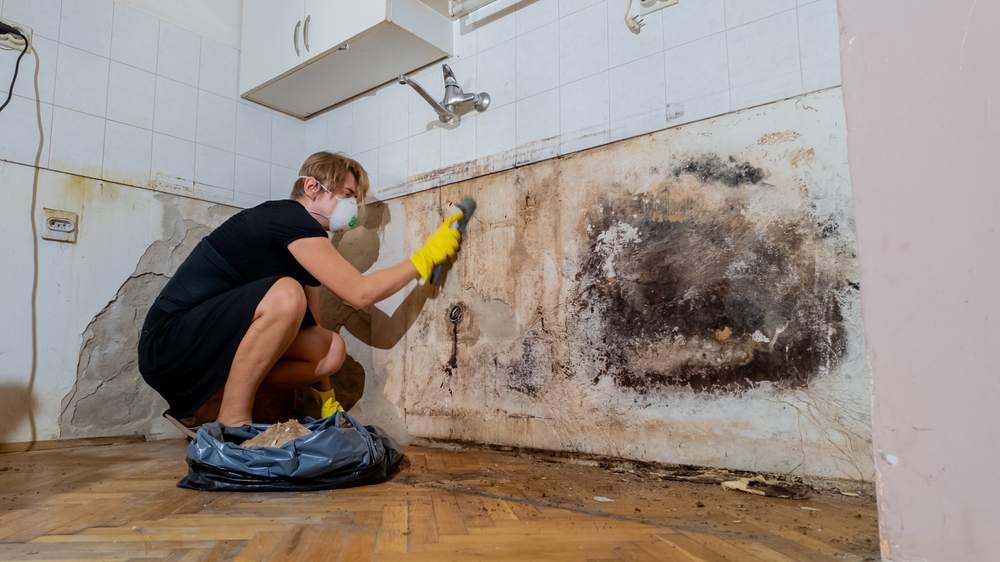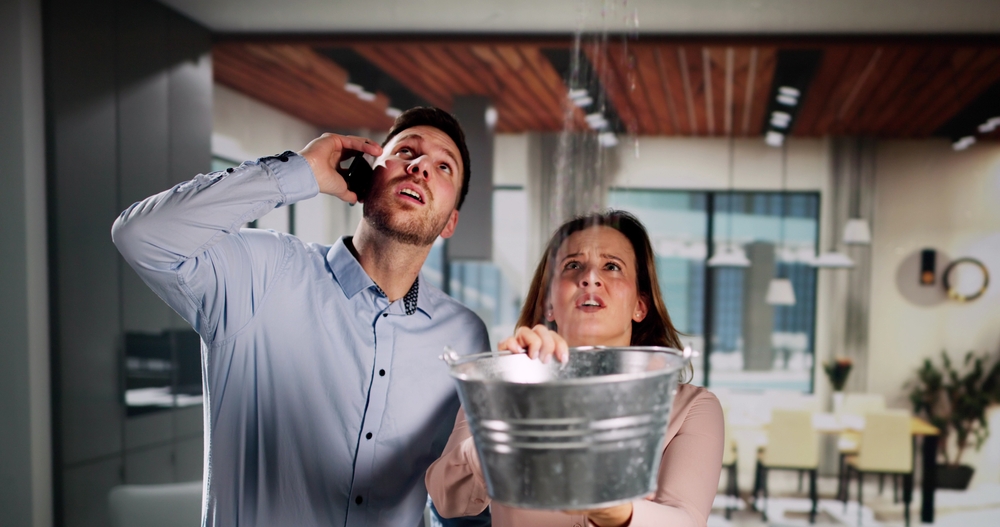A busted pipe, a flood, or a strong storm can all quickly cause water damage to your house. Along with obvious damage, water invading your house produces an environment fit for mold development and structural collapse. Minimizing these hazards depends on prompt, professional intervention. Emphasizing important procedures, techniques, and the value of professional restoration services, this book will bring you through the process of drying and dehumidifying a water-damaged property.
Every minute matters when water damage results. From floods to leaks to broken pipes, water may rapidly undermine the structural integrity of your house and indoor air quality. Preventing more damage, mold growth, and skyrocketing repair costs depends on quick response. From evaluating damage to selecting a professional restoration business, this article is meant to give a concise summary of the drying and dehumidification procedure. Understanding these stages can help homeowners, property managers, and insurance agents make wise decisions and move fast to provide the property safety and comfort again.
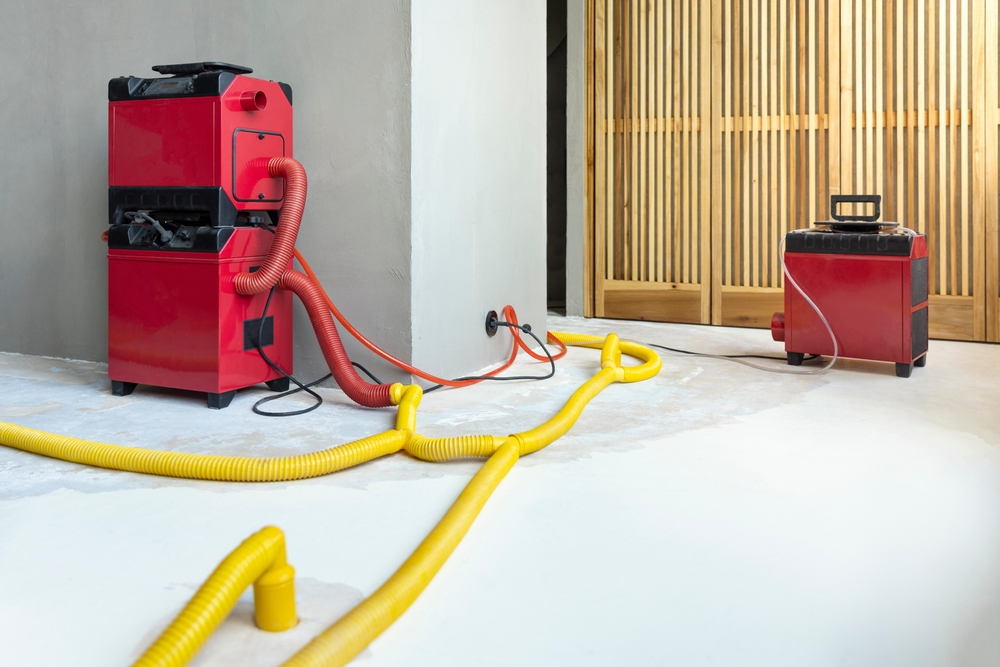
Assessing the Damage
The restoring procedure starts with a comprehensive evaluation. Professionals first look around the property to identify the degree of water penetration. They map the impacted areas—including hidden wetness behind walls or beneath floor—using moisture meters, hygrometers, and thermal imaging cameras.
Key Points in Assessment:
- Visual Inspection: Technicians inspect construction materials for water stains, discolouration, and swelling.
- Moisture Meters: Moisture meters track residual moisture to pinpoint locations requiring additional focus.
- Categorizing Damage: Water can be dark, gray, or clean; each calls for different kind of treatment.
- Identifying the Source: Whether a leaky roof, burst pipe, or flood, finding the source will help to stop more damage.
Accurate damage assessment helps restoration professionals create a focused plan to quickly dry and dehumidify the home, therefore lowering the chance of subsequent problems such mold growth.
Water Extraction
All standing water needs to be flushed out before drying starts. Stopping more damage and mold growth depends on this stage.
Extraction Methods:
- Pumps and Vacuums: High-powered pumps and wet/dry vacuums are used to rapidly extract big amounts of water.
- Specialized Tools: Technicians remove water from porous materials using specialist extraction tools in hard-to-reach regions without aggravating more damage.
- Containment: Measures are done to contain and stop cross-contamination in circumstances involving polluted water (gray or black water), therefore guaranteeing that the water does not flow to unaffected areas.
Effective drying is built upon thorough water extraction. Even little pockets of water can delay drying timeframes and promote mold growth, therefore it is vital that specialists remove as much water as possible.
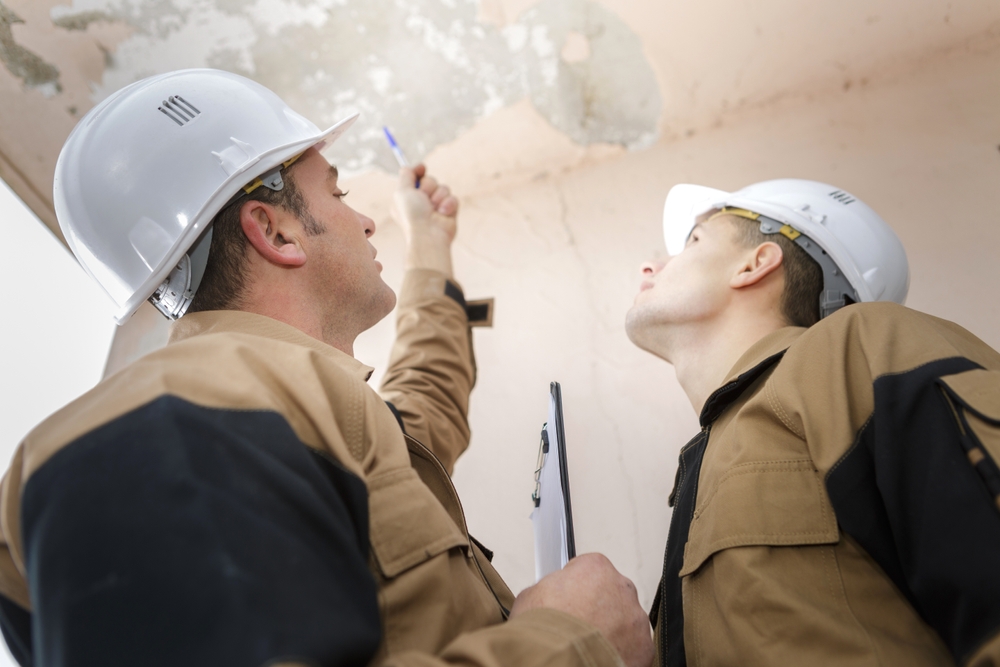
The Drying Process
Drying comes next after water extraction; it eliminates any remaining moisture from structural components and surfaces.
How Drying Works:
- Evaporation: Drying depends on the water from materials evaporating. Positioned to boost circulation and speed up evaporation, air movers—industrial fans—are
- Air Movers and Structural Drying: Strategic placement of air movers and structural driers guarantees deep drying of all regions by means of a regulated airflow in wall cavities, under floors, and around wet objects.
- Temperature and Humidity Balance: Drying correctly calls for balancing heat and humidity. While high humidity can extend the drying process, overly rapid drying of materials caused by excessive heat can lead to cracking.
Types of Equipment:
- Air Movers: Strong fans called air movers enhance evaporation by moving air across moist surfaces.
- Dehumidifiers: Although covered in more detail later, dehumidifiers extract moisture from the air in concert with air movers to prevent saturation.
Not only will good drying help to restore your property, but it also helps to stop long-term structural damage and mold growth. Professionals make equipment adjustments to fit the particular circumstances of the damaged property, thereby guaranteeing complete drying throughout.
Dehumidification: Controlling Moisture
Although most of the water is removed during drying, dehumidification is required to maintain ambient moisture levels, therefore assuring the property returns to its pre-damage condition and making the surroundings hostile to mold.
Role and Operation:
- Moisture Removal: Dehumidifiers pull in humid air, condense the moisture, and then exude dry air back into the space.
- Types of Dehumidifiers:
- Refrigerant Dehumidifiers: Perfect for warmer temperatures, refrigerant dehumidifiers chill air to collect moisture.
- Desiccant Dehumidifiers: Ideal for cooler conditions, desiccant dehumidifiers capture moisture using chemical absorbents.
- Monitoring Tools: Relative humidity and the moisture content in building materials are tracked constantly using hygrometers and moisture meters. This lets experts change dehumidifier settings to preserve ideal drying conditions.
Effective dehumidification is essential since high humidity might allow residual moisture to linger in walls and floors even after surface drying, so maybe promoting mold development. Constant dehumidification guarantees that all the moisture is efficiently eliminated and helps to stabilize the surroundings.

Monitoring and Documentation
To guarantee all moisture is eliminated and to record the water damage restoration for insurance needs, constant monitoring during the drying process is really vital.
Monitoring Techniques:
- Moisture Mapping: Technicians routinely take moisture readings all around the property to create a map tracking development and pointing out any ongoing wet patches.
- Thermal Imaging: Thermal imaging allows one to find colder, moisture-filled areas that would not be obvious during a regular check.
- Regular Checks: Frequent checks over several days verify that efforts at drying and dehumidification are effective.
Documentation Benefits:
- Insurance Claims: Essential proof for insurance claims comes from thorough documentation including moisture readings, pictures, and restoration diaries.
- Quality Assurance: Recording every stage guarantees that the process satisfies industry criteria, including those established by the Institute of Inspection, Cleaning and Restoration Certification (IICRC).
Maintaining extensive documentation and continuous monitoring helps restoration experts to ensure that the drying process is finished and that your home is free from upcoming moisture-related problems.
Preventing Mold Growth
Mold might start to grow 24 to 48 hours after water exposure, thus prevention of it becomes first importance during restoration.
Mold Prevention Strategies:
- Rapid Drying: The fastest approach to stop mold development is to dry and dehumidify the property.
- Antimicrobial Treatments: Sometimes experts use antimicrobial treatments on afflicted regions to stop mold spores from spreading.
- Continuous Monitoring: Maintaining low humidity levels by continuous dehumidification is absolutely vital to prevent mold growth.
- Prompt Remediation: If throughout the process any mold is found, quick remedial action is crucial to prevent more contamination.
Good mold prevention lowers the danger of allergic reactions and respiratory problems connected with mold exposure by protecting your health as well as your property.
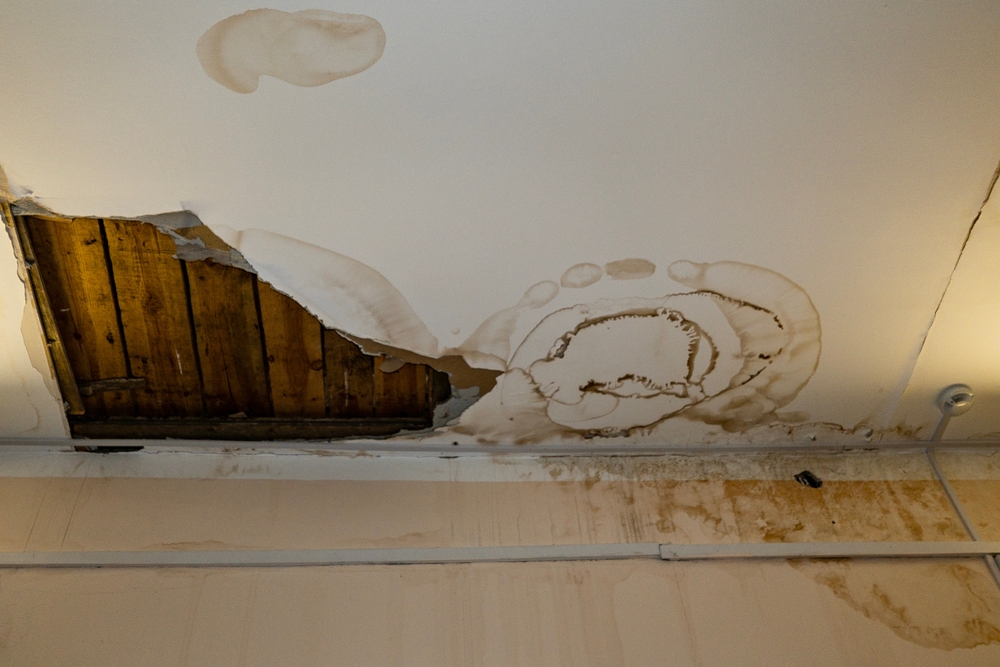
Working with Insurance Companies
Dealing with water damage sometimes means negotiating the insurance claim procedure. A good claims experience depends mostly on accurate paperwork and open communication.
Tips for a Successful Claim:
- Detailed Records: Maintaining thorough records of all damage, restoration efforts, and equipment used helps you This covers written reports, moisture readings, and photos.
- Understand Your Policy: Learn the conditions of your insurance policy about water damage to be sure you are protected.
- Insurance Adjusters: Show an adjuster your recorded proof when she visits. This guarantees you fair pay and helps explain the degree of repairs needed.
- Communication: Open lines of contact with your insurance company all through the restoration process helps to prevent delays.
Not only does a well-documented restoration procedure expedite your claim, but it also helps prevent insurance conflict.
Choosing a Professional Restoration Company
A good result depends on choosing the appropriate restoration firm. Certified and seasoned experts guarantee safe and effective operation of the drying and dehumidification process.
Key Qualities to Look For:
- IICRC Certification: Select businesses with IICRC certification since this shows follow of industry best practices.
- Experience: Search for a track record of successfully managing water damage restoration, especially for like kinds of damage.
- 24/7 Availability: Emergencies might strike at any moment; so, a company with round-the-clock operations is rather beneficial.
- Comprehensive Services: Make sure the business provides full-spectrum services covering structural repairs, mold removal, water extraction, drying, dehumidification.
Questions to Ask:
- You dry and dehumidify using what equipment?
- Could you offer case studies or references from like-minded initiatives?
- How would one record the process of restoration?
- How do you approach managing insurance claims?
Hiring a qualified specialist guarantees that your property will be returned to a safe, livable state in addition to accelerating the repair process.
Conclusion
A major concern, water damage calls for quick, expert attention. Drying and dehumidifying a water-damaged property entails evaluating the damage, removing water, drying buildings, dehumidifying the air, and ongoing monitoring development—all while stopping mold growth. Comprehensive records guarantee insurance claims as well as quality assurance, so securing your entitlement for compensation.
Don’t wait if you see indications of water damage. Immediately contact a qualified water damage restoration firm to save your property, lower repair expenses, and preserve your health.
Philadelphia Restoration Services
https://www.google.com/maps?cid=3399342399556699153
+1 267 668 0013
https://philadelphiarestorationservices.com/

